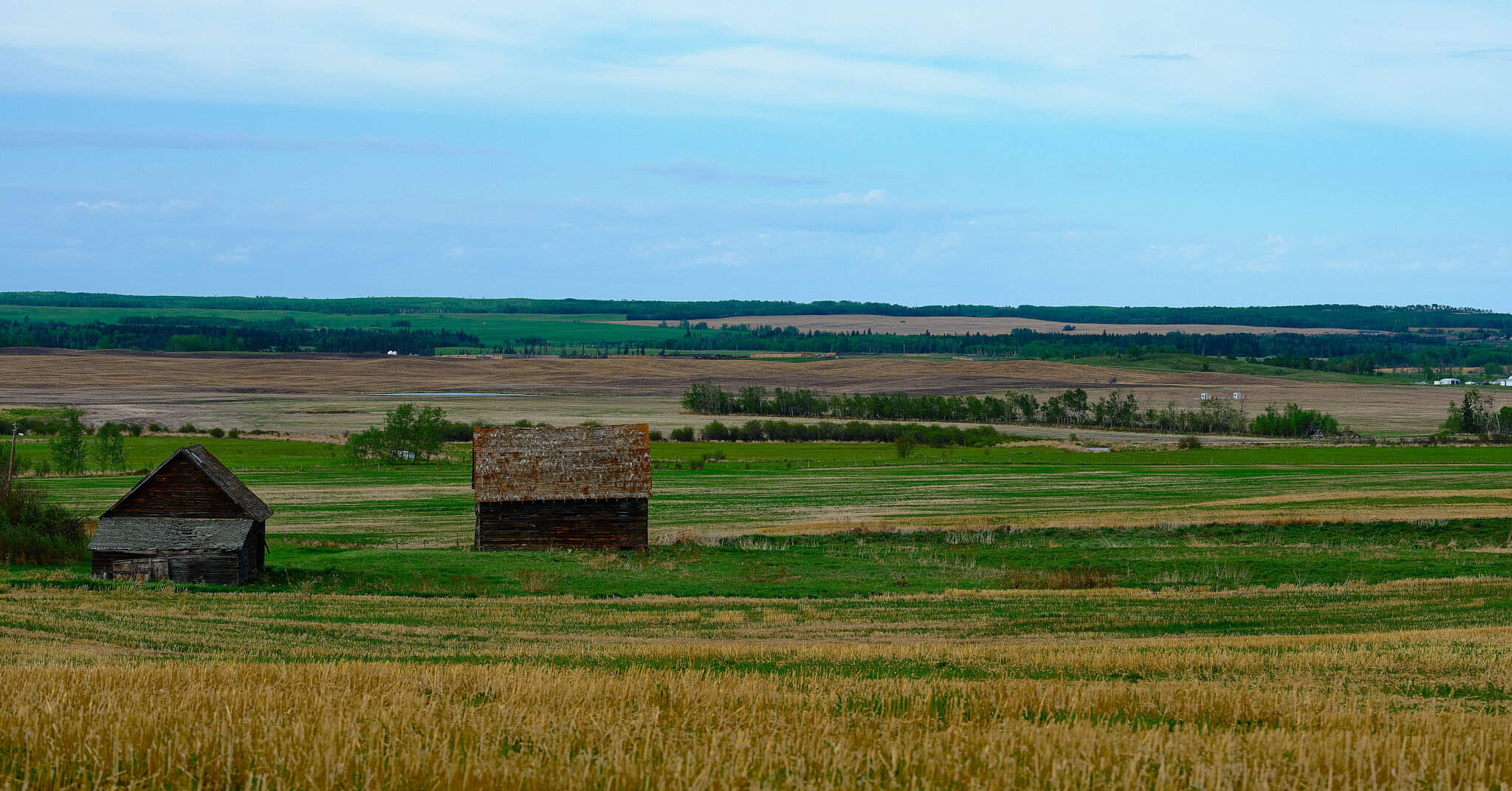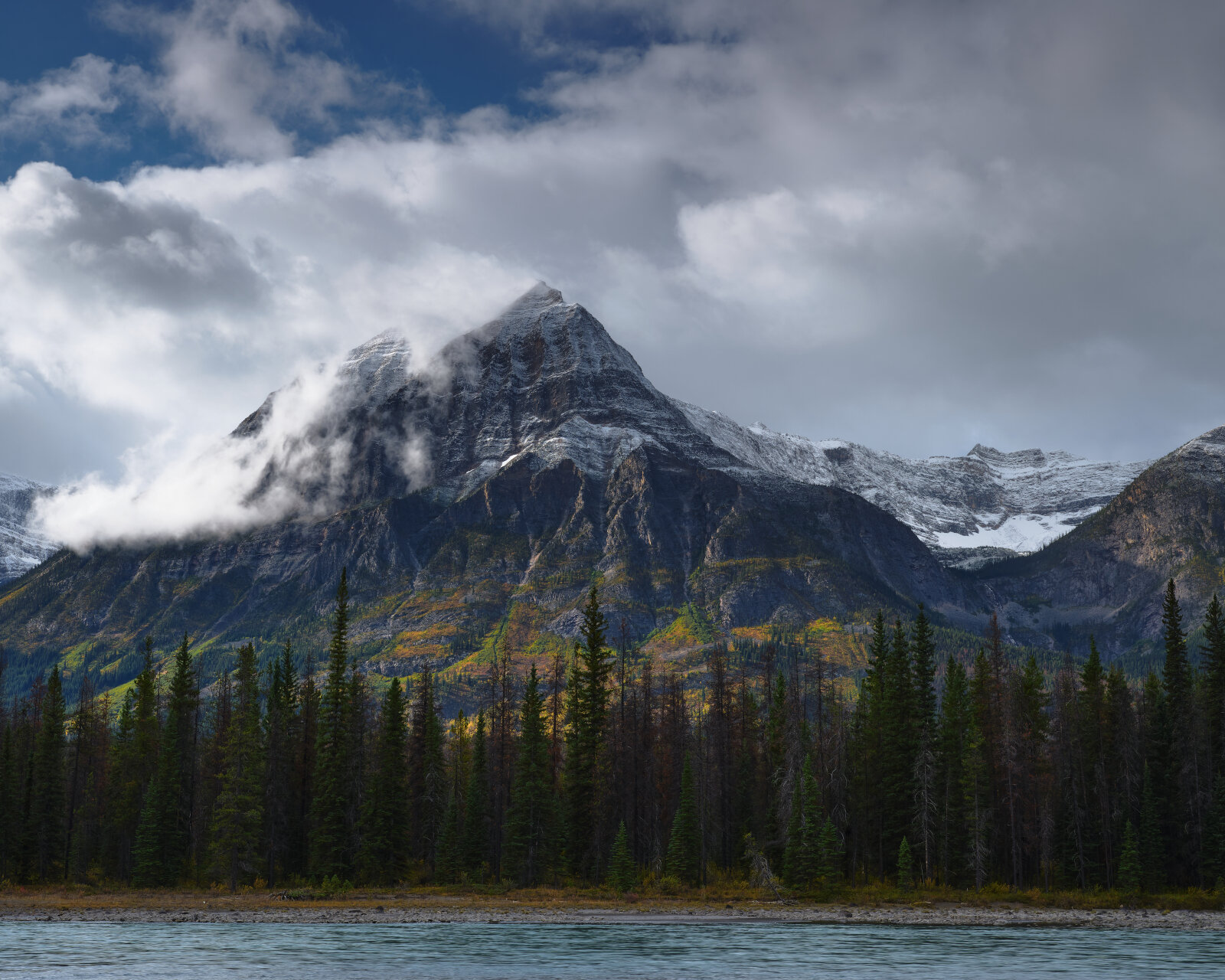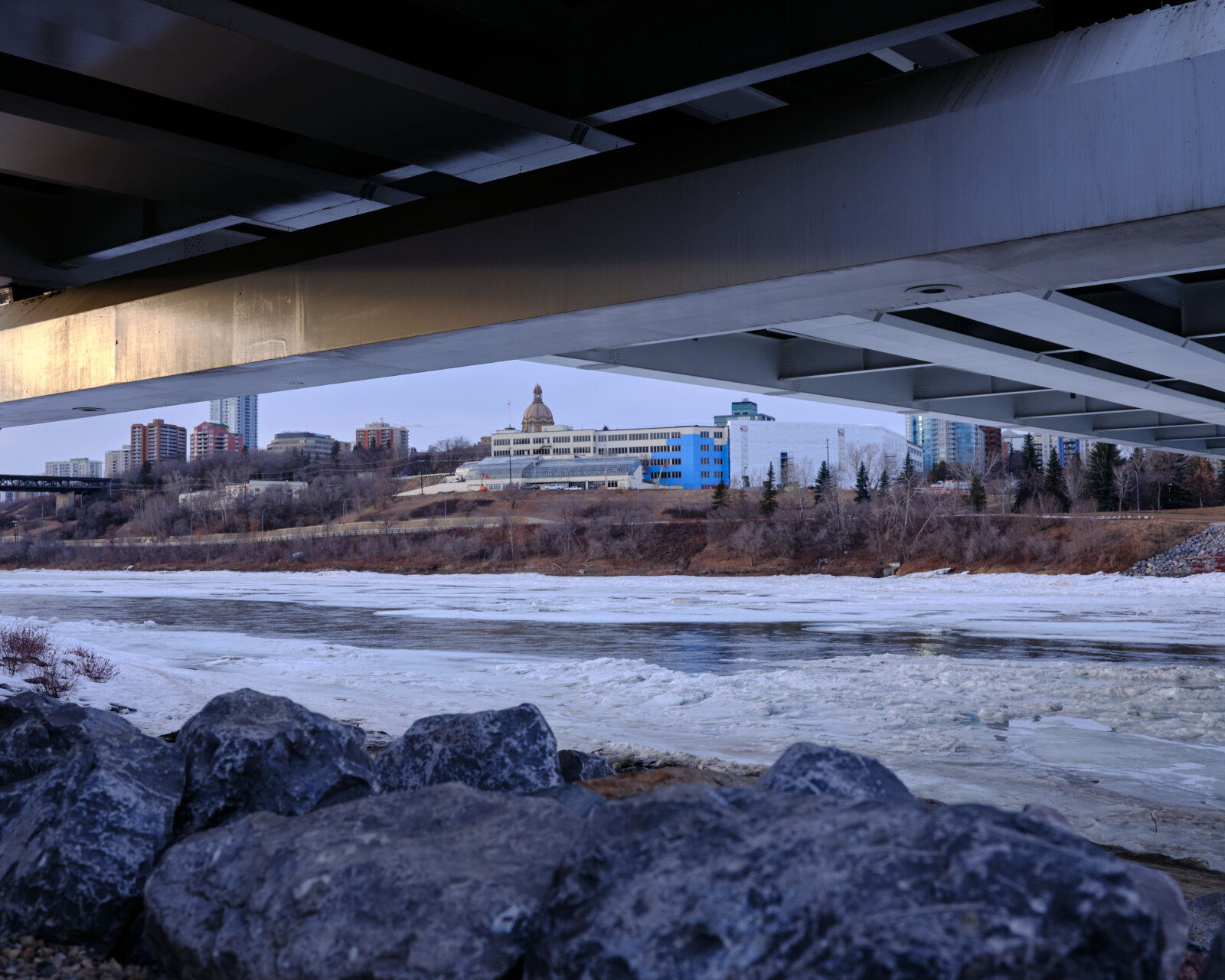Gear Review: Fujinon GF 45-100mm f/4
Zoom lenses are not what typically comes to mind when you think about medium format cameras. Traditionally, medium format is restricted to studio portrait work or landscapes that don’t require much zooming. Hence, Fujifilm’s foray into zoom lenses for its medium-format lineup is special.
A rural landscape in Alberta. I had to perform quite a lot of shadow recovery to bring some details into these images and the camera handled it quite well.
Note: this review is not a technical one, but rather a hobbyist review, based on my experience using the lens for more than five months.
The announcement
Fujifilm set the bar high when it announced its lens roadmap in January 2020. Due to the popularity of its GF 32-64mm F/4 R LM WR among landscape photographers, Fujifilm unveiled its latest addition: the GF 45-100mm f/4 LM OIS WR.
The lens, containing 16 elements in 12 groups, was expected to be as good as the GF 32-64mm F/4, if not better (based on conversations among the photography community and professional reviewers). The focal range seemed to be odd when you look at the zoom lineup of the GF lenses. There is considerable overlap between the GF 32-64mm f/4 and GF 45-100mm f/4. If Fujifilm had a GF 22-45, this overlap could have been avoided, and it is hard to know the rationale behind the decision to release a largely overlapping GF 45-100mm f/4 by Fujifilm.
With a 36-79mm full-frame equivalent field of view, the 45-100mm lens appeals to portrait shooters who tend to like a 50-85mm focal range. I was looking forward to this zoom lens, as I knew it would be that single go-to lens you’d pick up for walks and portrait sessions. Finally, when it was released, the folks at the McBain Camera pre-ordered one for me even before I could call and place one — I’m a regular customer there, so they know I’m a medium format photographer.
Build and handling
When I first picked up the lens after a few days, I liked the feel of it. I took a few shots and then left the store with the lens attached to my camera. The build quality of this lens is excellent, matching its CAD 3K price. The lens is on the short side and has an unmistakably heavy feel compared to the GF 100-200mm f/5/6 (despite the GF 100-200mm f/5.6 being the heavier one). It's a five-stop optically stabilized lens which makes it perfectly suited to the GFX 50S or the GFX 50R — both of the cameras do not have in-body image stabilization (IBIS). The lens’s image stabilization can be switched off when it is not required, which is handy when shooting long exposures.
The OIS can be switched off when it is not required (such as when you are using a tripod)
The 45-100mm is heavier than most Fujifilm GF fixed focal length lenses and the GF 32-64mm zoom lens, but marginally lighter than the GF 100-200mm. The weight is not an issue though, since the medium format lenses are heavy and its shooters are accustomed to their weight.
In order of increasing size, the lens has an aperture ring, manual focus, and a zoom ring. The aperture ring offers a nice click sound and enough resistance when you move between the f/4 and f/32. It cannot be de-clicked which could be an issue for the hybrid shooters. The zoom ring has a nice rubber feel to it, and it offers more resistance than the zoom ring on the GF 32-64mm — it’s also not an internally focusing lens, which means the lens barrel will extend outward approximately to 20% of its size. Finally, the manual focus ring is buttery smooth to use, and it focuses from 0.65mm to infinity at the widest zoom and 0.82mm to infinity at the telephoto end.







The lens is weather-sealed and comfortably handles pouring rain (as I discovered recently). But still, I would keep it away from saltwater and avoid intentionally submerging the lens in water for a prolonged period. It also continues operating well in Alberta’s -25°C, despite the manual saying only up to -10°C.
I am not a lens hood guy, so I don’t use the hood included with the 45-100mm. That being said, when you use the lens with its hood attached inward, the focus ring becomes a challenge to operate. To get a proper grip on the focus ring, I find you need to zoom the lens into at least 75mm. This matters if you are a lens hood person and/or a manual focus shooter. However, when you flip the lens hood outward, the above issues go away. The hood blocks a decent amount of direct sunlight from hitting the side of the lens.
Performance
It is sufficient to say that, in general, the lens performs very well at any focal length and aperture combination. However, if you want edge sharpness in all your images, you may want to avoid anything narrower than f/16, especially at the telephoto end. Having said that, the lack of sharpness is not going to be significant enough to noticeably affect your creative outcome unless you pixel peeps or are doing a specific type of photography where edge sharpness is important.
Please send me a request using this form if you want the above RAW images (the fence at the different aperture)
Chromatic aberration is also very well controlled and practically non-existent at the lens’s center throughout its zoom range. That said, you may spot some chromatic aberration manifesting, such as purple fringing at the edge of your image when you use it in a demanding situation (focusing on tiny branches against a bright sky at an f-stop of f/16 or narrower, for example). None of this will be an issue when you do portrait photography, where you generally stick to an aperture wider than f/11. At f/4 or f/5.6, the lens is particularly excellent, especially when it comes to portraits.
Autofocus on the lens is snappy, ensuring you will not miss shots because of lens performance. This is especially true when it's paired with a quicker GFX 100 body. The GFX 50S is not the best to challenge this lens’s autofocus performance due to its overall slowness. Having said that, a skilled photographer will be less likely to notice any issues with focus performance. When I took the lens on a morning walk on the weekend and found a deer hopping around in a grassland, I was able to nail most of the shots, despite the deer being quick. That is not to say that I did not have any out-of-focus images, but with some old-style skill of anticipating moves, you will nail more than you miss.


The optical image stabilization (OIS) on the 45-100mm comes in handy when you pair it with either a GFX 50s or GFX 50R since those cameras lack any sort of image stabilization, unlike their big brother the GFX 100S. With my GFX 50S, I was able to get sharp photos at a shutter speed of 1/30n low light, without much issue — mostly that is. For me, in real-world scenarios, I have found that I can confidently use the lens handheld on a GFX 50Sor GFX 50R up to a shutter speed of 1/60. Any slower than that, and it becomes a challenge.
The bokeh (out of focus or background separation), although not as dreamy as the GF 110 f/2, is very good (unless you are a bokeh addict), and I am particularly impressed. I like the compression it gives for portraits at 100mm and the bokeh at f/4. I took some pictures of my older son and some random tree branches, and they are impressive. The GF 110mm f/2 offers better out-of-focus rendering at f/4, but the 45-100mm f/4 out of focus rendering at 100mm is still noa slouch. Unless you compare both side by side or you are a hardcore bokeh addict, you are not going to dislike the out-of-focus rendering of the 45-100mm at f/4.
I am yet to test starburst shots with the 45-100mm extensively, but from what I have seen so far, if you shoot into a scene with the sun at the top of the frame, you will get some strong lens flare along with a decent starburst. The lens flare sometimes is worse at a narrow aperture, so I would advise you to watch out for spots.
Conclusion
I will not formally list out the pros and cons since the lens is an excellent one unless you nitpick. This lens should serve as an all-around lens that you can take with you for a walk for portraits or landscape shots. With an excellent build quality and all-around performance, Fujifilm has produced another zoom lens for its GFX system that closely matches the excellent GF 32-64mm in quality.
























